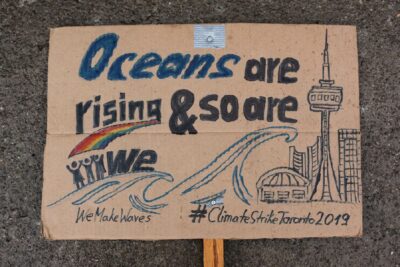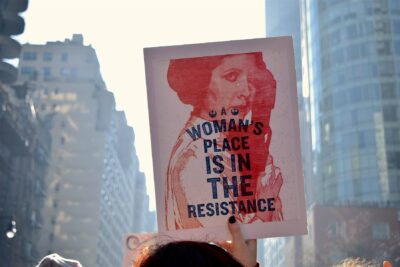As the planet continues to heat, politicians from across the Global North promise action even as they work to protect climate-destroying industries and to profit from them. These industries include the gas and oil companies and the animal agriculture industry. And while the wealthy few reap the rewards, the rest of the world suffers the consequences. We support the drive for climate justice to protect our planet, people and animals impacted by this ecological crisis.
What Is Climate Justice?
Climate justice seeks to highlight the climate damage caused by wealthy nations and to demonstrate that it is the less wealthy peoples who suffer the impacts most severely. It seeks to spur meaningful action by shining a light on this fundamental inequality.
When the Barbadian Prime Minister Mia Mottley spoke at the Cop27 UN climate talks, she gave some historical context to climate justice when she told attendees that the prosperity of the rich had been achieved at the expense of the poor in the past, and now poorer people were once again paying for climate breakdown which they did not cause.
“We were the ones whose blood, sweat, and tears financed the industrial revolution,” she said. “Are we now to face double jeopardy by having to pay the cost as a result of those greenhouse gasses from the industrial revolution? That is fundamentally unfair.”

Definition Of Climate Justice
Global Witness explains climate justice well: “Climate justice as a concept recognises that, although global warming is a global crisis, its effects are not felt evenly around the world. The worst effects of the climate crisis – for example extreme heat, flooding and crop failures – are disproportionately felt by countries and communities in the Global South.
“Furthermore, it recognises that the blame for creating the crisis we find ourselves in is not shared evenly, either. In an utter travesty of justice, the places which are currently suffering the effects of global warming bear little or no historical responsibility for causing it. Instead, the blame overwhelmingly lies with the rich countries of the Global North which used vast quantities of fossil fuels to power their industrial growth.”
What Is the Climate Justice Movement?
The climate justice movement is made up of many individuals and organizations from all over the world – a network of people all working together to stop the planetary destruction by wealthier nations, and to ensure they do not force others to clean up their mess.
To be truly just, this movement must be led by peoples whose experiences and voices have too often been sidelined, and who are facing disproportionate threats from climate breakdown. But all of us who care about justice and who work to protect our planet are part of the climate justice movement.
What Does Climate Justice Want?
The aim of climate justice is to ensure rich nations acknowledge their historical and contemporary responsibility for creating an ecological crisis, and that they take urgent and meaningful steps to make amends. This means not only drastically reducing their own emissions but also supporting poorer nations as they transition to clean energy and a sustainable food system, while also helping with the costs of adapting to the changing climate. After all, those countries got rich on the back of environmentally damaging industries, such as industrial animal agriculture, mining, and oil exploration. It is only right that they use their wealth to mitigate the damage they have caused.
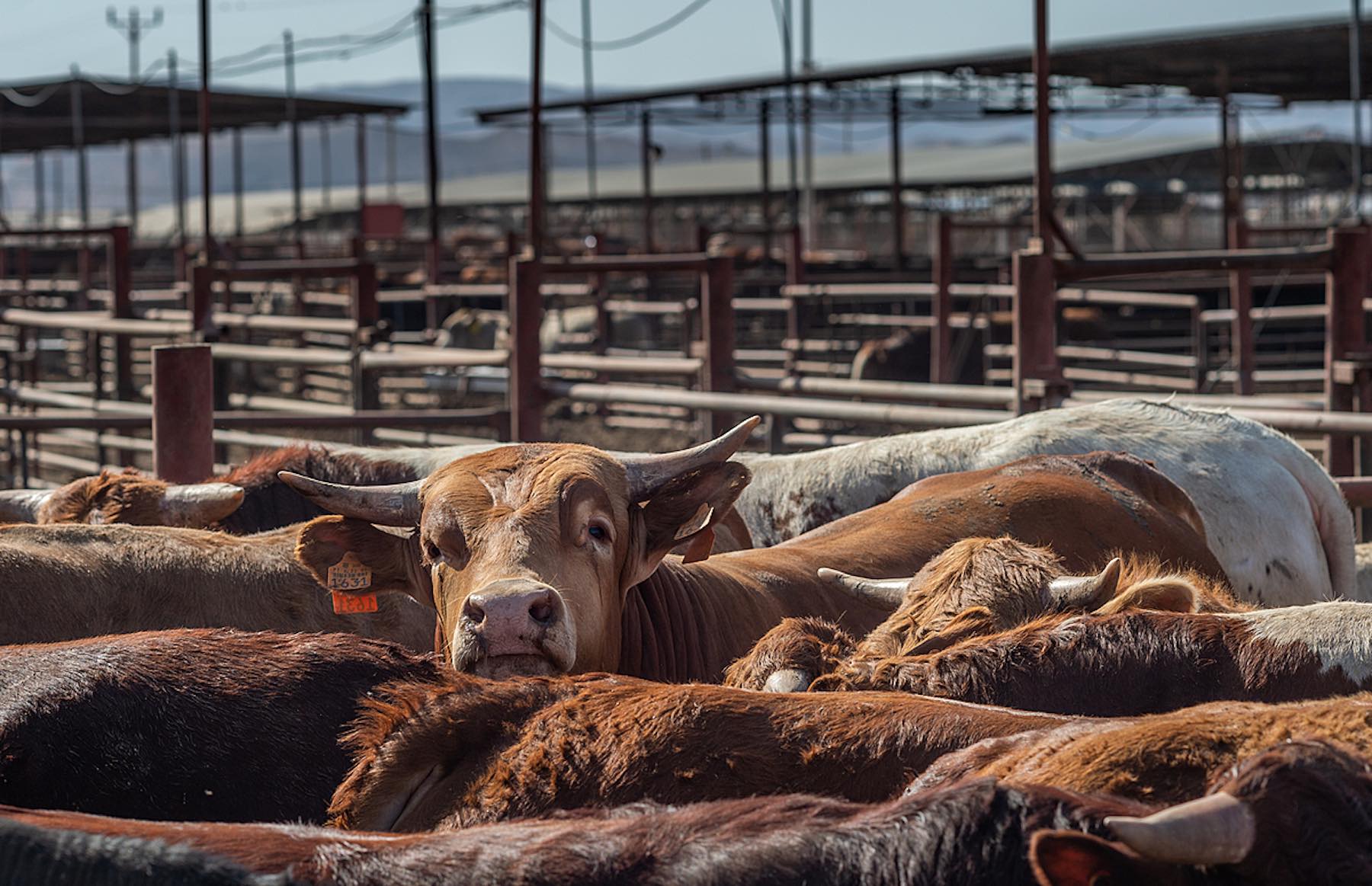
Why Is Climate Justice Important?
Climate justice is essential for the future of our planet and because people matter. If we saw a child bullying another, stealing their toys, and breaking them on purpose, we would not see that as just. We would step in and teach important lessons about sharing, respecting others, and being both fair and respectful. Too often, it seems that as adults, all those lessons we were taught as children are abandoned in the drive for more money, more things… and more environmental destruction.
What Are 6 Pillars Of Climate Justice?
1. A Just Transition
A just transition seeks to ensure that any financial costs for transitioning to a green economy do not fall disproportionately on poorer peoples, cultures, or nations. And on the flipside, the financial benefits of creating and investing in green technologies are not disproportionately enjoyed by wealthier peoples, cultures, and nations. A just transition seeks to undo the inequalities and exploitations of the past, and to share both the burden and the benefits of tackling climate breakdown proportionately.
2. Social, Racial, and Environmental Justice
As we work to limit the damage we have done and learn lessons from the past, we have the opportunity to redress the historic imbalances and oppressions that have led to social and racial inequalities. As marginalized communities are more often and more severely impacted by climate breakdown and other environmental pollutants, it is a chance to put right those inequalities and treat our planet and our fellow humans with dignity, respect, and fairness.
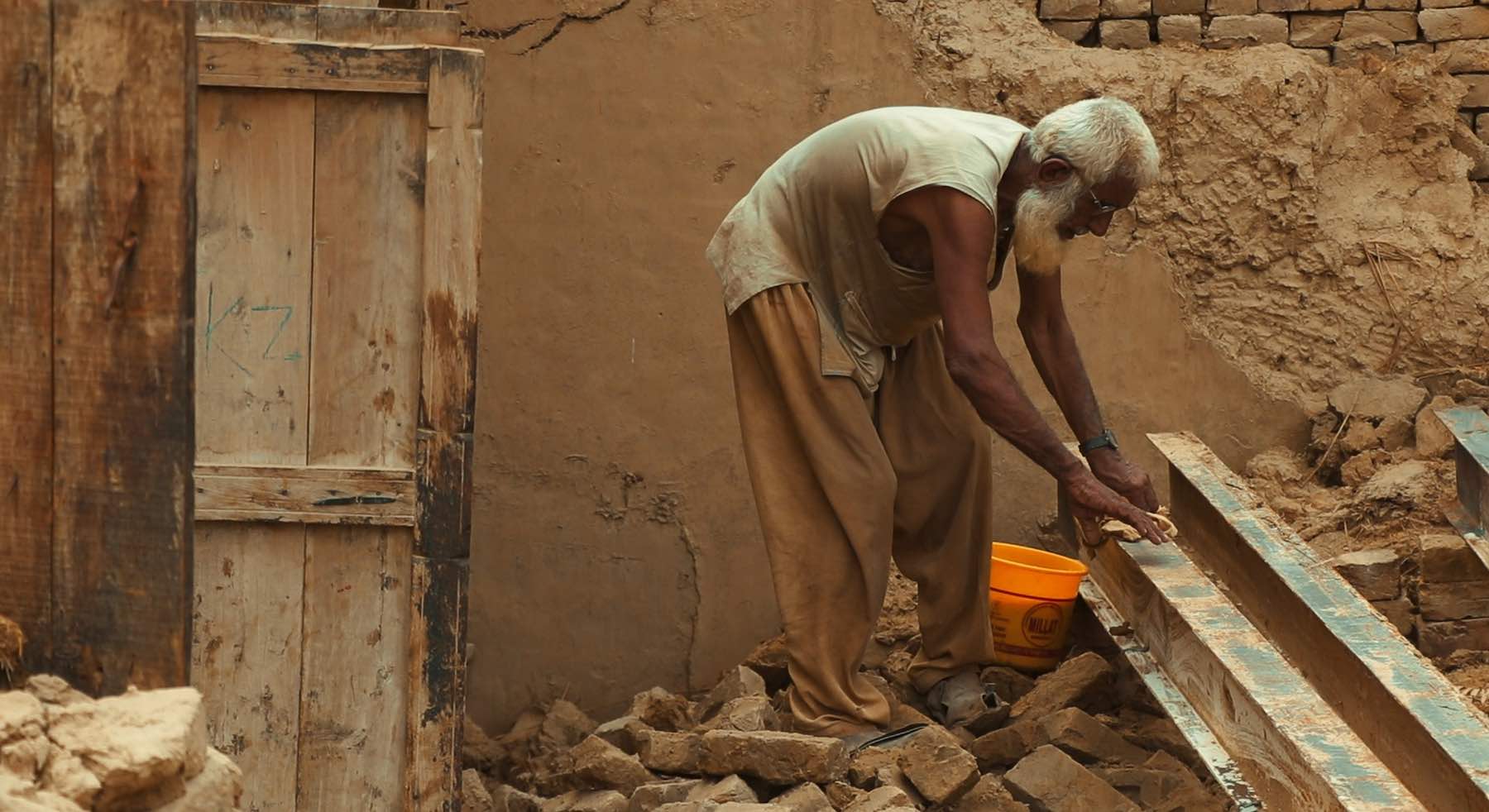
3. Indigenous Climate Action
Peoples whose lives, livelihoods, and cultures are so closely interwoven with the land and wild waters face some of the most immediate and most severe impacts of climate breakdown. Too often, their voices and experiences are denied or drowned out amid the posturing of the leaders from the Global North. But Indigenous peoples are leading campaigns to tackle climate change and restore the Earth’s balance. Some of those environmental activists include:
- Helena Gualinga, Ecuadorian justice campaigner from a family of climate activists
- Winona LaDuke, Ojibwe Nation, a longtime Indigenous and climate rights activist
- Hinduo Oumarou Ibrahim, an environmentalist and Indigenous woman from Chad
- Yero Sarr, co-founder of the Fridays For Future movement in Senegal
- Lola Cabnal, Maya Q’eqchí, a highly respected environmental leader from Guatemala
- Amelia Telford, Bundjalung and South Sea Islander, National Director of the Seed Indigenous Youth Climate Network
- Autumn Peltier from Wikwemikong First Nation Manitoulin Island
- Ahmed Elhadji, General Secretary of Youth for Climate Tunisia
4. Community Resilience and Adaptation
Politically and economically marginalized communities are most at risk from the consequences of climate breakdown. It is clear that they need better protections from severe events such as floods, droughts, hurricanes, and fires, and they need support to recover once these events have damaged their communities. This is not a question of the Global North sweeping in to save the day; this is about local communities developing solutions, from food sovereignty and energy autonomy to flood defenses and improved infrastructure, as well as putting in place plans to support those most impacted. Wealthier nations have a responsibility and a moral obligation to fund such projects.
5. Natural Climate Solutions
Too often we hear that technology will save the day but why would we gamble our futures on technology that does not yet exist when natural climate solutions are here right now? Often, it is those who stand to profit financially both from technological innovation and from the destructive status quo that urge us to dismiss what we know and to wait for Big Tech.
We already know that forests and oceans are key to ending the climate crisis. We also know that meat production destroys vast tracts of forests and pollutes the oceans. A vegan diet, on the other hand, requires a fraction of the land and protects both forests and waterways. This means switching our diets is one important thing we can do right now to reduce emissions and protect Indigenous lands. Unfortunately, food has become a commodity in the modern world, and those who can afford to buy meat rarely understand that the cost of its production is borne by others.
6. Climate Education and Engagement
Climate deniers peddle their myths for a variety of reasons – sometimes for exposure on social media and the financial rewards that brings; sometimes for political gain and the power and profit that follows. We must speak loudly and drown out those recklessly selfish voices.
We must share information on what people can do right now to protect us all from the worst impacts. That includes looking at how we travel and heat our homes, reducing what we buy, and switching to a vegan plant-based diet.
What Is An Example Of Climate Justice?
One example is the centering of marginalized communities in the discussions on climate change. Another would be to end the exploitation of developing countries for their natural resources, while channeling the profits to the wealthiest countries. (Those with investments can look carefully at what they are funding.) A third is to end the export of factory farming to developing nations, as this is just one more way the Global North profits from environmental catastrophes borne by others. It is a form of modern colonialism.
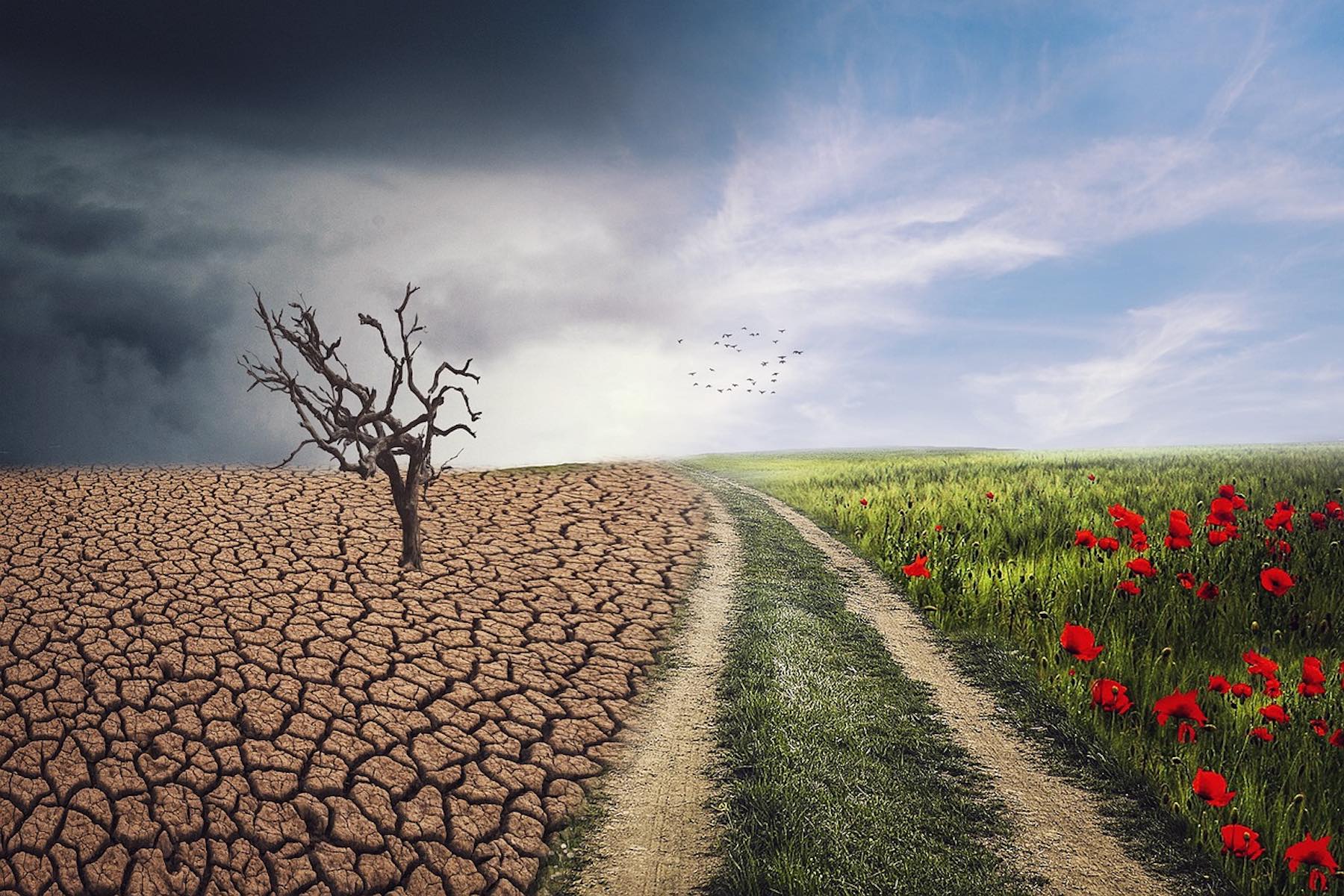
What Are Some Climate Justice Actions?
- Demand governments stop funding fossil fuels and start investing in clean energy
- Support climate campaigns by organizations and individuals from historically marginalized communities. Share their perspectives!
- Speak up for human rights and against injustice everywhere
- Boycott the industries that do most harm to the planet and its people wherever possible. For many of us, animal agriculture is the easiest one to walk away from
- Support non-violent direct action that seeks to highlight the crisis we face and drive change, even when it may personally inconvenience us
- Educate both yourself and others. When we know better, we can do better, and we can help others on that journey, too
- Vote for politicians who prioritize climate action and have an understanding of their duty to marginalized communities
Conclusion
We are facing an ecological crisis caused in large part by industrialized nations becoming wealthy at the expense of others—including our planet. Climate justice seeks to do things differently, to heed marginalized voices and experiences, to recognize the disproportionate impacts of climate breakdown, and to take responsibility for historical and contemporary actions that have brought us all to the brink of crisis.
